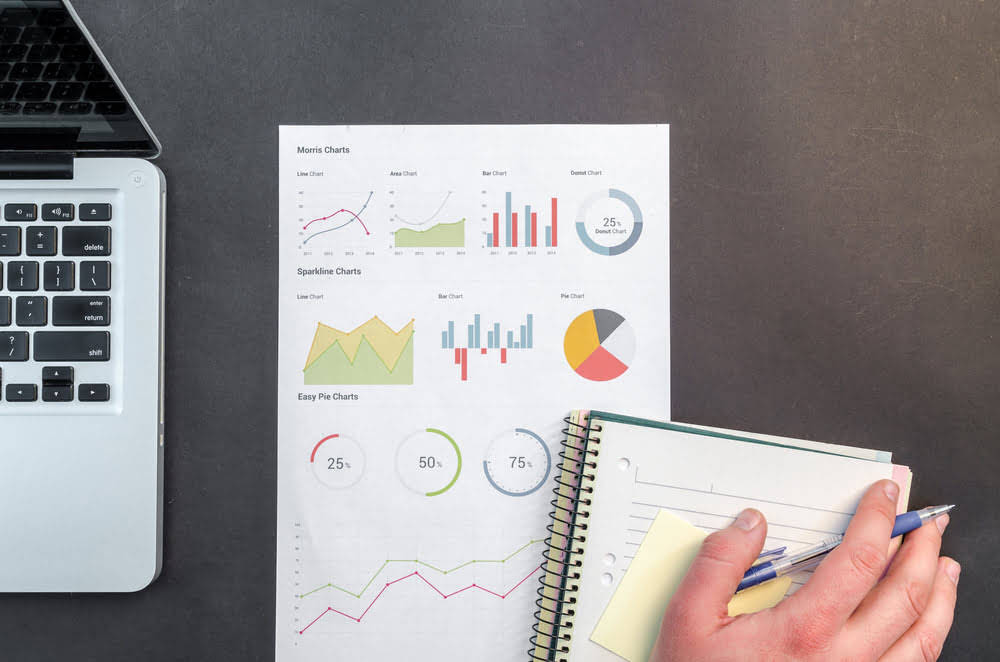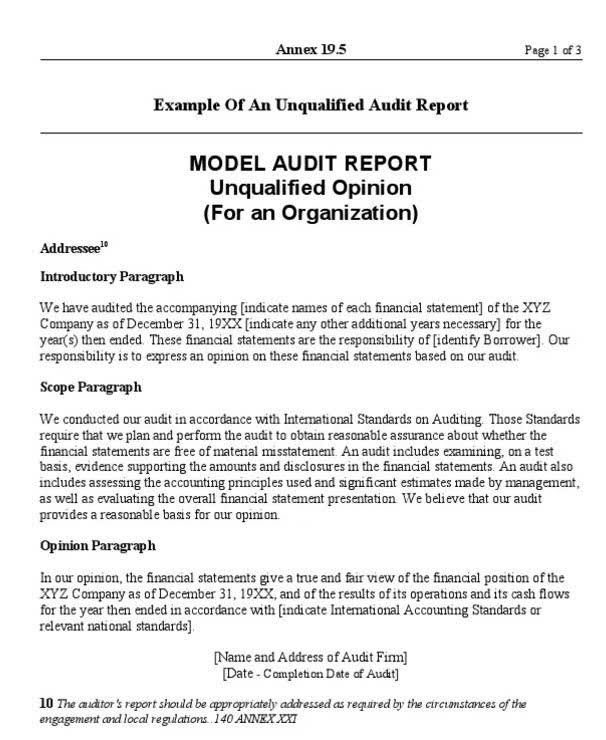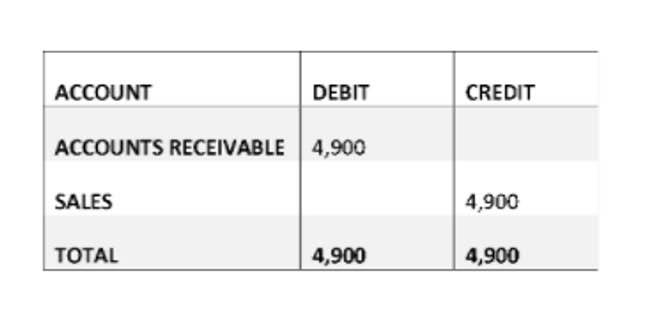Accounting for Wineries Wine Industry Consulting CPA firm

Join 500+ business owners in the know, getting the latest accounting news in the wine business. Knowing which category or categories you fall into will help ensure that you track the correct numbers. That way, you can price your products correctly and avoid having a loss for your business. Argos Software offers solutions tailored to streamline processes, improve decision-making, and boost your bottom line. Don’t wait to embrace digital transformation—streamline your vineyard management processes and set your business up for long-term success.

Winery Fraud Schemes

Wine accounting helps vineyard owners track income from grape sales, manage expenses related to cultivation, and monitor cash flows. By maintaining detailed financial records, vineyard managers can identify cost-saving opportunities, plan budgets more effectively, and improve overall financial health. This enables better decision-making and enhances the vineyard’s financial stability.
- Avoid overpaying for tools you won’t use, but don’t compromise on features critical to your operations.
- By streamlining workflows, offering real-time data, and automating processes like compliance reporting, vineyard management software reduces delays and boosts productivity.
- This process, generally managed by the tax preparer, involves reversing certain entries to align with tax reporting requirements.
- Classification of overhead costs can vary, depending on the size of the facility and whether there are shared uses of facilities by other revenue streams, such as facility rental or custom crush services.
- By keeping this ratio in check, wineries can ensure that their operational costs do not erode their profits.
- Knowing the COGS is essential if you want to know the gross profits you earn on different wines.
Inventory.
- By streamlining operations, improving resource management, and reducing waste, vineyard management software ultimately drives higher profitability.
- This metric is essential for understanding the liquidity of the business and its ability to sustain operations without relying on external financing.
- It helps wineries understand their current assets, manage stock levels efficiently, and make informed business decisions regarding production and sales.
- This method is often used in more basic costing models and for smaller wineries; however, it can still be used in more complex costing models of larger wineries.
- Such records provide important ongoing accounting and internal control data.
Continued taxation of obsolete or abandoned property is one of the most common issues for vineyards and wineries. It’s not unusual to see old tractors, farm equipment or other machinery sitting unused on vineyard land — wine accounting sometimes for decades. FIFO assumes that the oldest items in your inventory will be the first to sell. While this may generally be the case with wine shop retail items that you purchase and resell; it may not be the most appropriate method for wine inventories.
- Businesses resistant to innovation will find themselves left behind, especially as wineries seek to establish presences in new regions or markets.
- If you’re managing all that, the last thing you want to think about is accounting.
- This overview is followed by several concrete examples of special accounting and tax issues that can affect wineries and vineyards, as well as fraud schemes that are present in the industry.
- At each stage of production, there are costs for materials, labor, and overhead.
Course Specifics
To avoid these pitfalls, wine businesses should maintain detailed financial records, regularly review and update their books, and stay informed about relevant tax regulations. Partnering with a specialized accounting service like Protea Financial can help mitigate these risks. If you are in the wine industry and have questions about accounting or bookkeeping, Protea Financial is here to help.
Inventory Management
Customer Reviews, including Product Star Ratings help customers to learn more about the product and decide whether it is the right product for them. If you’re considering hiring a bookkeeper to prepare your financial statements, be sure to know what to consider when selecting one. Wineries sometimes offer a discount of a certain amount for each case that their distributors sell through to retailers. This is a depletion of a distributor’s inventory, which is where the name comes from.

How can tax accounting impact a winery’s operations?
This revenue is then distributed to the shareholders, who tend to be the same individuals or entities that own the exporter, as qualified dividends. Currently, qualified dividends are taxed at a lower rate than ordinary income, so the resulting tax bill can be significantly lower than if the export income was taxed at ordinary income rates (Ricioli). Harvested Bookstime grapes are weighed at a certified weigh station so that a record is available about tonnage, grape varietal, and vineyard origin. Such records provide important ongoing accounting and internal control data. Join 500+ wine business owners in the know, getting the latest accounting news in the wine business.

Wine Accounting 101: Understanding the Basics
In a tasting room, there may be tables, racks and stools, all of which are depreciable property. However, if the room has a built-in bar, it is considered part of the building, having a much longer depreciable life. The single biggest issue we see with our winery clients is undervaluing their inventory. Based on your winery’s unique requirements, we will customize an accounting solution specifically for you. When calculating labor costs, it can be difficult to pin down the pay of executives and owners to any one specific department, let alone a single vintage.
This level of detail allows vineyard managers to pinpoint inefficiencies and make more informed decisions about resource allocation. Tax accounting for wineries involves managing excise taxes, sales taxes, and import/export taxes. Proper tax accounting ensures recording transactions compliance with local and federal regulations, helps avoid penalties, and can optimize tax liabilities. Understanding tax obligations and benefits can significantly impact a winery’s financial health and operational efficiency.
Accounting Basics Every Business Needs to Remember
Employees and nonemployees alike should be trained about the benefits of sharing information about any irregularities of which they are aware. Wine may sometimes be sent to a bonded warehouse until fully aged or sold, or because of space constraints at the winery. These transfers necessitate additional documentation on the kinds of wine and alcohol content, volume of each type of wine, as well as varietal, vintage, and appellation of origin. Your team’s ability to use the software effectively is critical to its success. © 2017 Accountant websites designed by Build Your Firm, providers of CPA and accounting marketing services.
